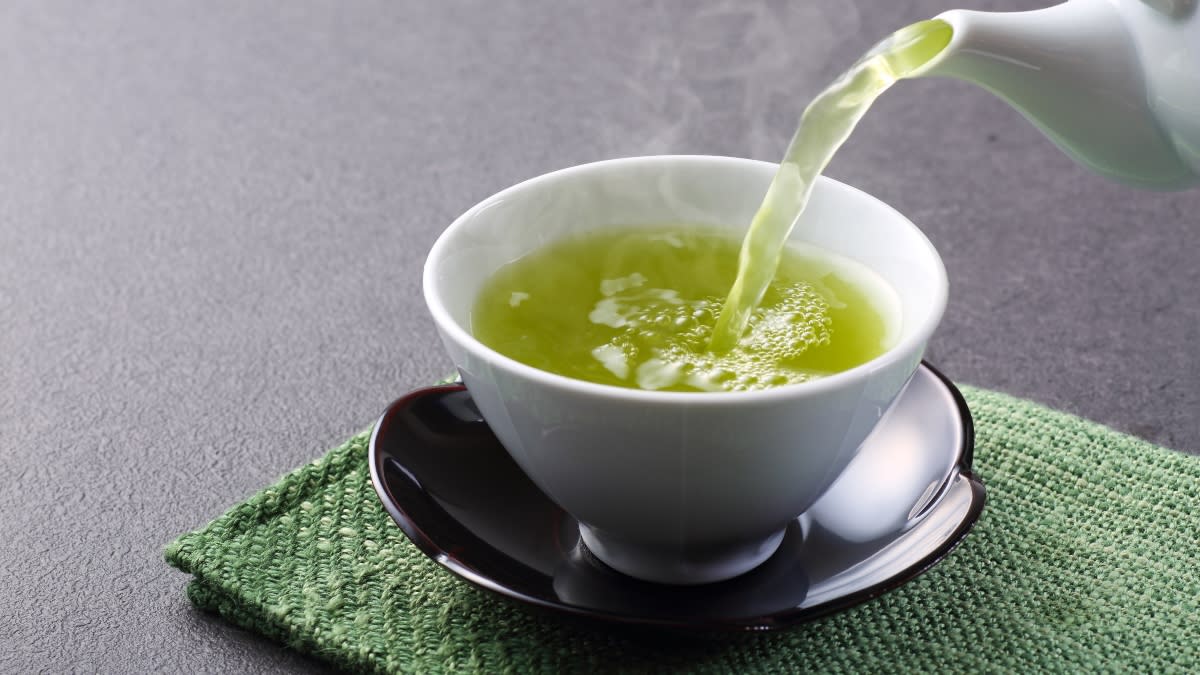Pre-Diabetes Is Less Common in Japan — Here Are 3 Simple Tricks They've Taught Us for Lower Blood Sugar

Though pre-diabetes, or elevated blood sugar, is on the rise in Japan (as more Japanese people shift to a Western diet), folks in Japan have historically enjoyed less than half the rate of pre-diabetes, or elevated blood sugar, than Americans. What is it about the Western diet and culture that spikes blood glucose levels? It's likely a combination of factors — from low physical activity to high-sugar and highly-processed foods. However, it's never too late to shift to a healthier lifestyle. Adopting a few trick from Japanese culture may improve insulin response and cut diabetes risk.
Drinking sugary coffee? Swap your sip.
In Japan, folks pair meals with green tea. Why that’s key: A study in the Diabetes & Metabolism Journal suggests this daily “dose” cuts diabetes risk. Potent plant compounds — polyphenols and polysaccharides — in green tea help balance blood sugar. One of the easiest ways to ensure you’re sipping the requisite two to three mugs a day is to drink regular or decaf green tea works with meals.
Eating high-carb rice? Add a dash of vinegar.
When women in Japan cook carb-heavy rice, they often mix in a dash of mild rice vinegar. And Arizona State University research finds pairing any type of vinegar with carbs improves insulin response. That's because vinegar’s acetic acid hampers enzymes that break down carbohydrates into sugars too quickly, blocking them from flooding your system. To get the benefits, season your salad with red wine vinaigrette.
Note: More recent research is necessary to confirm these findings.
Sitting after a meal? Meander instead.
Japanese folks build little bits of movement into their daily lives, like strolling after eating. This “passive exercise” habit has big benefits: Recent research published in Sports Medicine found that spending two minutes walking from room to room blocks a post-meal blood-sugar spike. Movement after eating signals your body to pull glucose that’s circulating in your blood straight into muscle cells, where it belongs.
This content is not a substitute for professional medical advice or diagnosis. Always consult your physician before pursuing any treatment plan.
This article originally appeared in our print magazine, Woman's World.